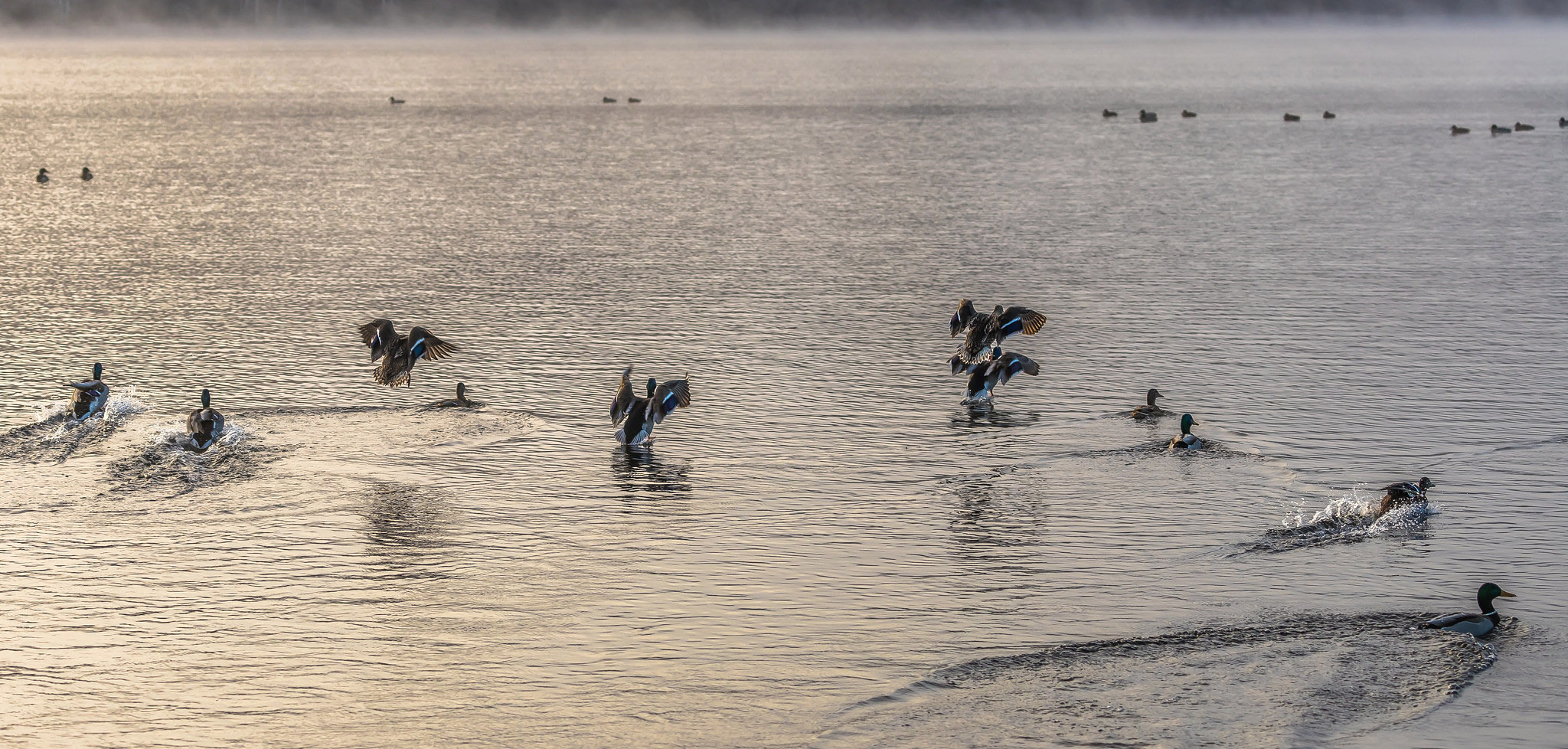Nature conservation indicators show how successful nature conservation activities have been and the good/bad status of the nature.
Just as a thermometer shows us whether we have a fever or if the temperature stays within the norm, environmental indicators show the state of our communities, species, and the environment in general. Nature conservation indicators, however, show how successful nature conservation activities have been and the good/bad status of the nature.

Environmental indicators are divided into five groups that describe the relationship between man and the environment:
- The driving forces are the anthropogenic factors that cause the burden on the environment – for example, socio-economic structure, way of life, different policies.
- Burden or pressure indicators show the intensity of human activity – for example, the extent to which non-renewable natural resources are mined (in the case of Estonia, for example, oil shale) or the amount of pollutants released into the environment.
- Status indicators illustrate the quality and/or quantity of the changing environment or part of it as a result of pressure on the environment – for example, the state of water, air, or soil, how species diversity is maintained in ecosystems, or the amount of natural resources.
- Impact indicators measure the consequences of changes in the state of the environment for humans, ecosystems, and the built environment – for example, how the environment affects human health or the fertility of fields and grasslands.
- Interaction indicators characterise the principles and activities of maintaining or improving the state of the environment, i.e. environmental policy – for example, the extent to which environmental investments are made, the level of environmental taxes, whether recycling is supported, how much land and sea is under protection, how much is invested in environmental education and cleaner production.
- A bioindicator is a species or ecological group that can be used to determine the state of the environment or ecosystem. For example, many lichen species are very sensitive to environmental conditions, so they can be used successfully as a bioindicator of the state of the environment. The presence or absence of certain lichens (such as straw beard lichen) characterises the level of air pollution. Very good indicators in old coniferous forests in Estonia are the Lecanactis abietina and Arthonia leucopellaea: they are easily recognisable and quite common in the respective growing sites. Both are used here as indicator species of key habitats, i.e. they are used to identify forest parts of high nature conservation value where endangered species may be found [1].
Nature conservation indicators
Development plans and strategies define indicators that can be used to assess the achievement of the objectives. The Estonian nature conservation development plan has also set indicators of achieving the goals. For example, the number of species listed in the Habitats Directive with improved status is an indicator for assessing compliance with the objective ‘Favourable status of species and habitats and diversity of landscapes has been ensured, and habitats function as an integrated ecological network.
As an indicator of nature conservation measures, the percentage of protected land and sea territories of the total land and sea area is used in Estonia – as it is everywhere in the world. As at the end of 2021, 19.5% of land areas (including inland waters, except for Lake Võrtsjärv, Lake Peipsi, and the Narva Reservoir) and 27% of the territorial sea are under protection in Estonia [2].
A meaningful overview of the indicators related to wildlife can be found in Keskkonnaportaal.
Last modified: 05.03.2024
______________________________________________________________________________________
[1] Samblikud näitavad keskkonnaseisundit (Bioneer.ee)